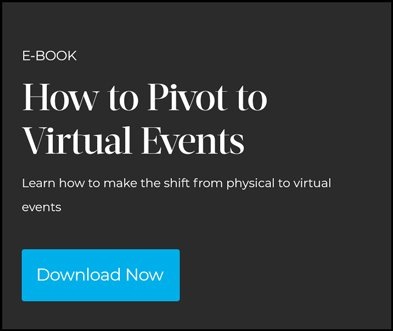Last week I attended the Sydney session of the Financial Planning Association (FPA) Members’ Roadshow. Sitting at the media table, in a room full of FPA members and colleagues, was a great opportunity to gain insight into the issues impacting financial planners in 2016: legislative changes, fintech and planning for retirement being just a few of the issues discussed.
In addition to networking and discussing the key topics that impact their profession (and gain professional development points!), events within the financial services industry provide a basis for the generation of rich content and of course, media opportunities.
To maximise the return on your event, think about how you can reach an audience beyond the one in the room and how to leverage the content that will be discussed on the day. This means breaking down your event plan into 3 phases.
Event Planning
- Pre-event planning: speakers, target attendees, presentation formats and duration, logistics, promotion, RSVPs, catering, audio/visual equipment requirements etc
- The event: running order, registrations, swag and hand-outs, Q&A handling etc.
- Post-event campaign: continuing the conversation with participants and a broader audience through content
Any of your post event promotional activity will be akin to putting lipstick on a pig unless the event is of a high quality. With us all awash in information 24x7, your event needs to provide value beyond what your target audience can discover on their own. This means great speakers delivering great content.
Great leadership communication
BlueChip dissected what makes a good conference speaker in this earlier blog . This year’s speakers at the Sydney event (FPA CEO, Dante De Gori and representatives from sponsors Challenger and Aged Care Steps) knew their audience and raised points that some of the audience of financial planners hadn’t thought of. On the day, interactive polling was used to boost audience engagement and generated unique statistics that could be used by attending media.
Reaching the audience beyond the event
We are going to assume that you know your audience and can identify engaging presenters to deliver insightful content.
But how do you amplify these great insights to give your event a long tail?
- Invite media
Today’s journalists are busy with limited time to attend events. Getting them to agree to spend a few hours, or even a day, at your event means that there had better be a good story. Highlight the keynote speakers or events that would be relevant to media in your media pitch and have fact sheets and speaker bios ready to go. Of course, you can also pitch interviews with key delegates and speakers ahead of your event.
If you suspect that your event won’t be of significant interest to all target media, you could consider a separate experiential media event or roundtable that picks apart the key media issues. Held prior to your event this would generate pre-event coverage and buzz, possibly creating greater interest and driving registrations.
- Develop a content plan
Beyond media coverage, you can develop a content amplification plan using the key themes, ideas and insights that are addressed.
For example, if you were to create a video (highlights reel and keynote speaker), this could become:
- 1 YouTube video
- 1 blog post
- 1 podcast
- 1 blooper reel
- 1 email newsletter
- 3 tweets
- 1 media pitch
- 1 infographic
- 1 LinkedIn post and multiple reposts by your colleagues
- 3 images on Instagram/Facebook
- Measure, learn, implement next event
The FPA were able to collect data on topics of interest from the event thanks to live polling. Take this one step further to help you plan your next event and content calendar by:
- Recording the number of attendees per breakout – were some sessions overflowing and others were a ghost town?
- Using feedback forms to ask attendees to nominate which topics they enjoyed and would like more information about
- Tracking the metrics of all the post event content (views/ clicks/ shares/ comments/ open rates) to gauge which issues were of most interest
- Noting what topics the media picked up on – journalists have a great sense for what their (and therefore your) audience want to read about
Imagine developing an event program and content development plan knowing, not guessing, what your target audience want to learn more about!
With a little planning, and some creativity, your next financial services event can also help you create (more) great content.











